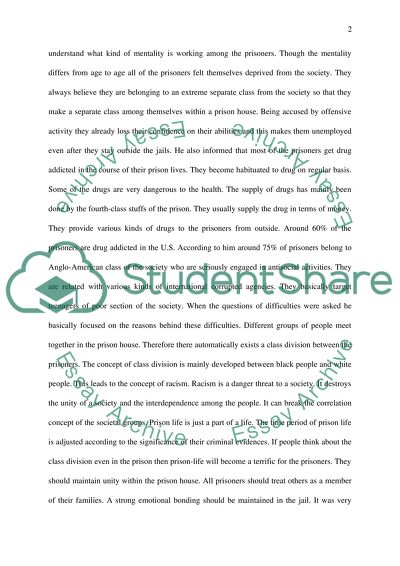Cite this document
(“Interview and research paper Essay Example | Topics and Well Written Essays - 1750 words”, n.d.)
Retrieved from https://studentshare.org/sociology/1483805-interview-and-research-paper
Retrieved from https://studentshare.org/sociology/1483805-interview-and-research-paper
(Interview and Research Paper Essay Example | Topics and Well Written Essays - 1750 Words)
https://studentshare.org/sociology/1483805-interview-and-research-paper.
https://studentshare.org/sociology/1483805-interview-and-research-paper.
“Interview and Research Paper Essay Example | Topics and Well Written Essays - 1750 Words”, n.d. https://studentshare.org/sociology/1483805-interview-and-research-paper.


